“The flower that follows the sun does so even in cloudy days.” – Robert Leighton
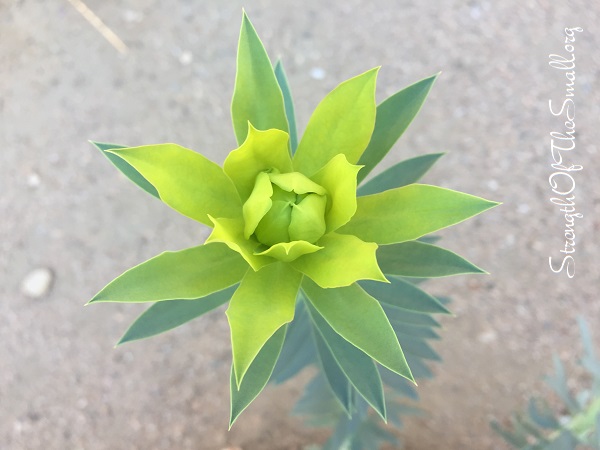
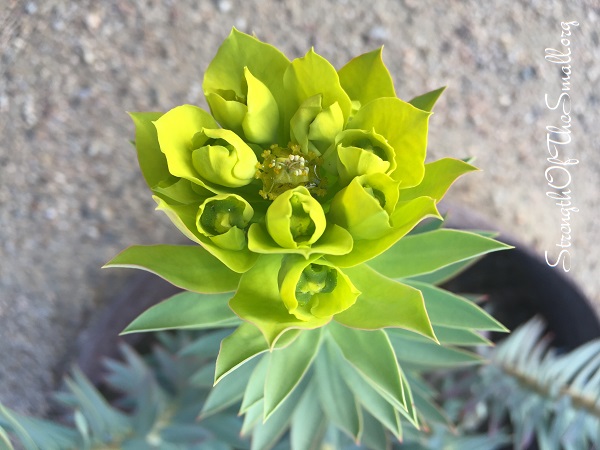
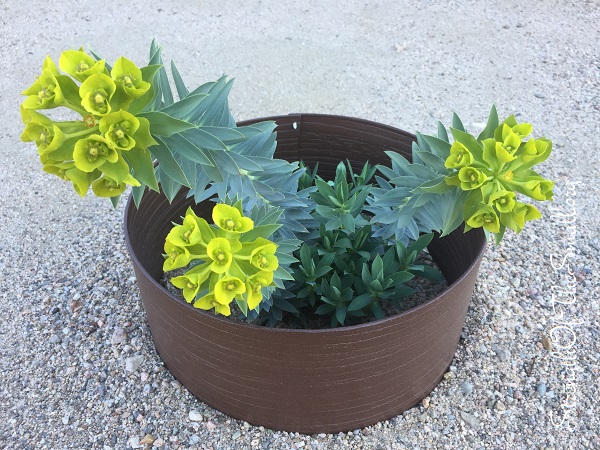
Happy gardening!
Finding Contentment in Every Situation
Finding Contentment in Every Situation
“The flower that follows the sun does so even in cloudy days.” – Robert Leighton



Happy gardening!
We had our first rain shower of the season last Saturday and a little more on Sunday morning. It was much needed and felt good for a change. We are patiently and excitedly watching the leaves change colors, ultimately fall and dance in the wind.
Hameln Dwarf Fountain grasses are especially beautiful at this time thanks to their delicate purple looking plumes on erect stems. I have thousands of scattered seeds from these ornamental grasses, which easily and readily reseed. They have spread all over the river rock bed and I transplanted a few seedlings last month (which are thriving). I will be collecting more seeds this weekend and planting them right into the ground; and I will transplant the rest by next Spring in the back corner garden.
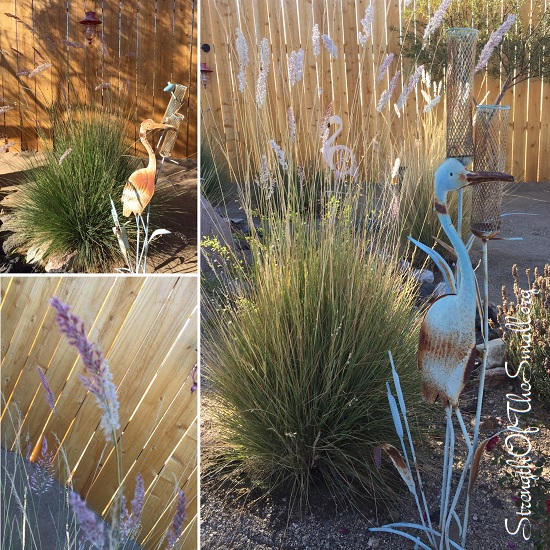
Temperatures started dropping last Friday and today I moved a few succulent pots (I have had for less than a year) indoors: Microlepia Fern, Dragon’s Blood Sedum, Crassula Muscosa , Sedum Dasyphyllum, and Crassula Ovata ‘Gollum’, etc… most of which are not cold hardy. The rest of the succulents will be just fine outdoors. My Sedeveria plants have survived a couple of snow storms, therefore they will remain outdoors.
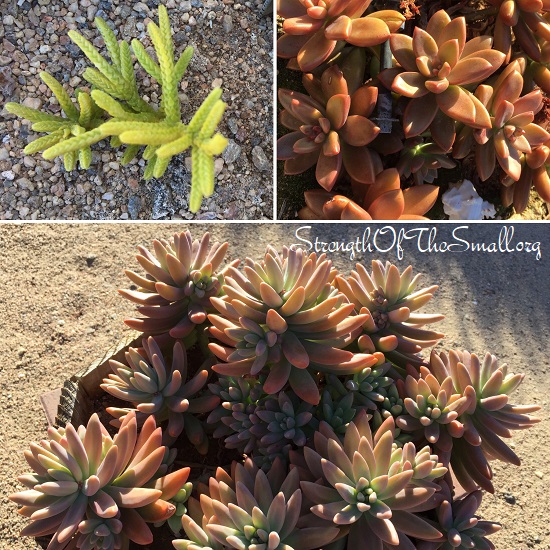
All my succulents were propagated from stem cuttings.
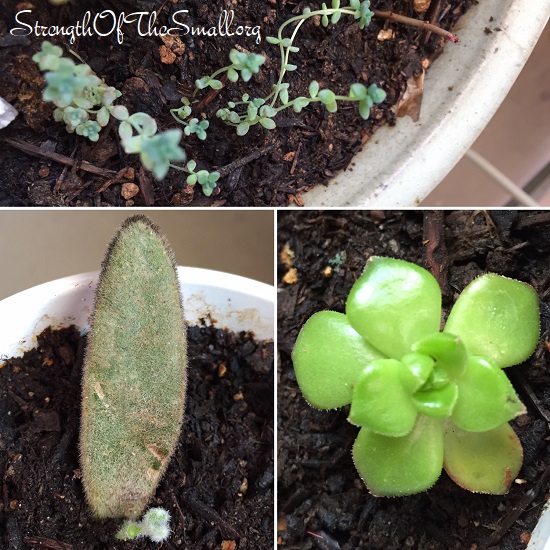
Stay safe; happy fall gardening and have a splendid rest of your week!
So far, I am loving Fall. The weather is nice with clear skies and the air is fresh.
Temperatures haven’t dropped enough for the trees and shrubs to start shedding their leaves. However, I moved some of my delicate succulents indoors. In the upcoming weeks, I will move the larger potted Asparagus Plumosus and Asparagus Fern to the patio for Winter protection.
The rose trees are starting to bloom again …
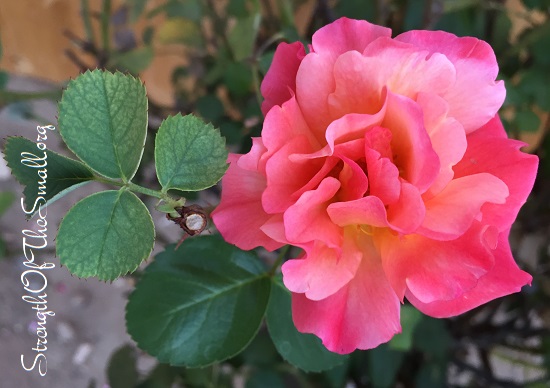
The Spruce Cone Cactus are thriving with new healthy arms. I have given them lots of water this Summer, which has helped with the growth.
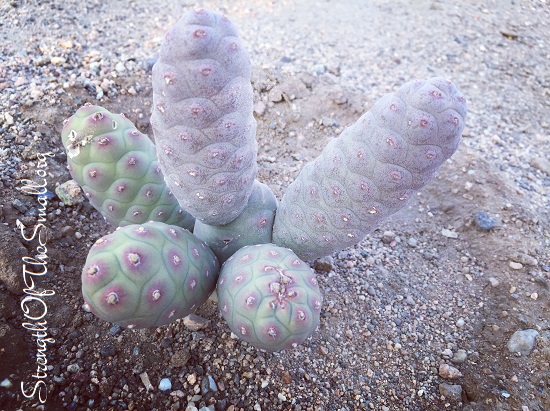
This Agave witch was a pup itself not too long ago and now has put out its first pup. Contrary to what some gardeners say, this is a fast growing. Two years ago, I relocated the mother plant which was sending pups all the way to my neighbor’s yard. Next Spring I am hoping to have a few healthy young ones to gift to some of my neighbors.
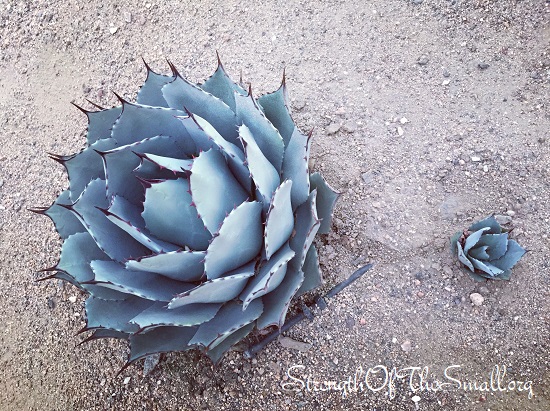
The Gopher plants (Euphorbia Rigida) have established themselves and are thriving. I will divide a few of the larger plants this weekend and transplant them in the front yard. The younger plants below were started from seeds this Spring. I wasn’t sure they would all make it, but grateful they did.
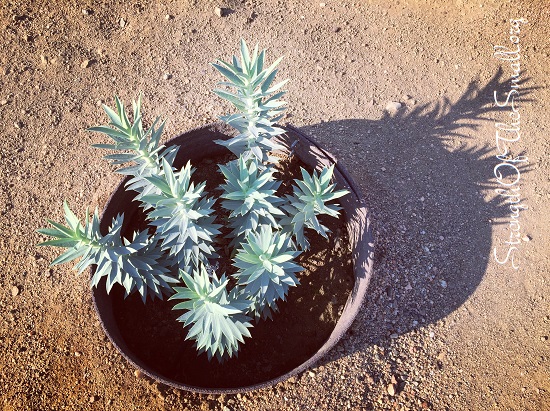
This season, the Pomegranate tree only produced one fruit.
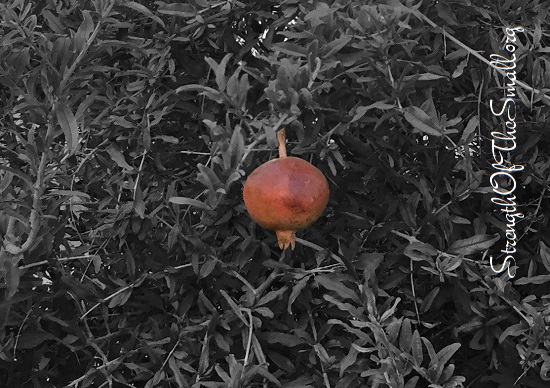
The young Lilac plants I got from my neighbor early this Spring have also established themselves, growing strong and healthy. I think I have a few varieties, with some growing faster than others.
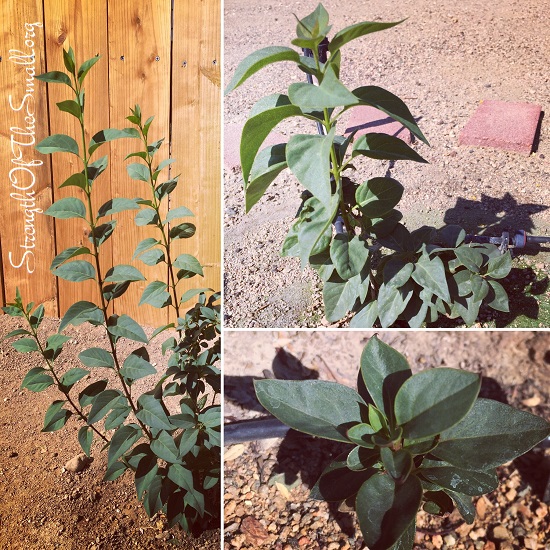
Wishing you all a blessed weekend and a joyful time gardening.
And just like that, Summer is over. Hello Fall …
I have been looking forward to welcoming Fall with its cooler weather and much needed rain. California is on fire, the air quality has been bad for a few weeks now with ashes falling from the sky and settling everywhere. We need relief and God knows those brave men and women fighting out there need some extra help. My heart and prayers go out to those who have lost everything in these wildfires.
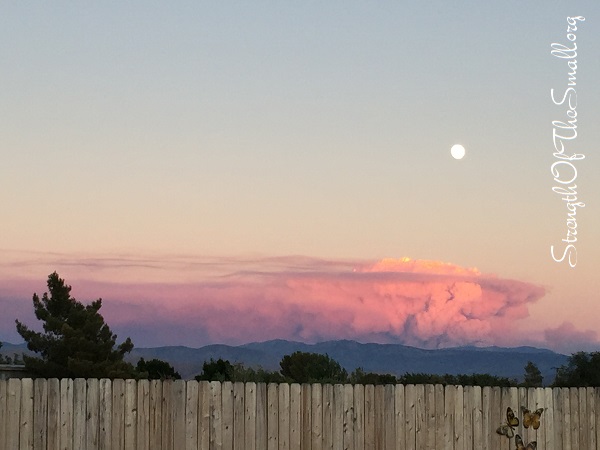
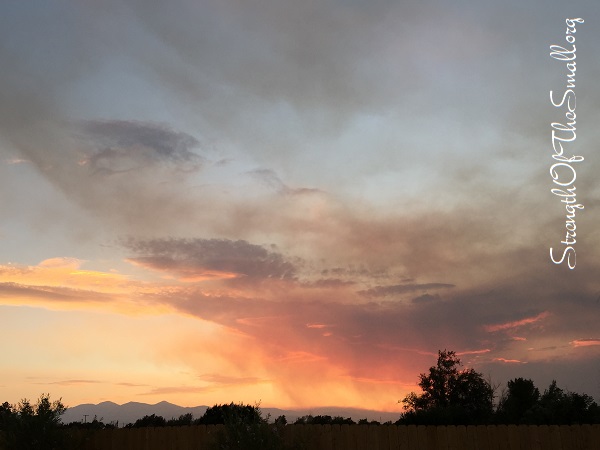
The sun and moon remained orange for a few days due to smoke from the wildfires burning in the surrounding areas.
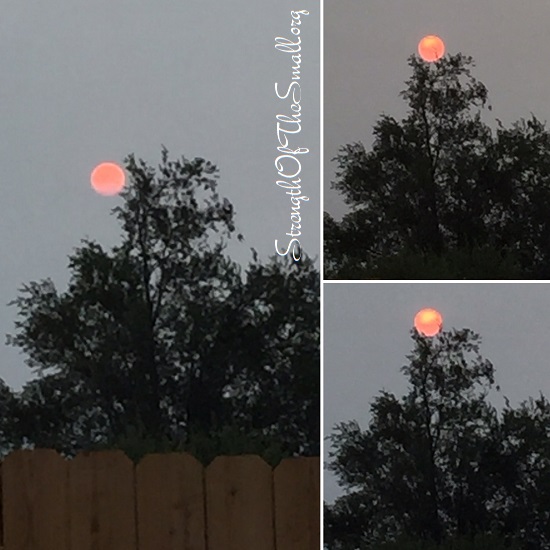
Life has been very interesting with a hyperactive 2 year old in the house. Keeping this little one entertained while maintaining my sanity is challenging and a new rewarding experience. I am learning to be still and patient. My older kids on the other hand are doing really well with Distance Learning and I am so proud of them; especially my teen, who is excelling in all his advance classes.
I didn’t get to enjoy my garden and tend to my plants as much as I wanted lately. Between a hyperactive kid, a scorching hot weather and the poor air quality from the fires; my hands were tied. The Irrigation Timer stopped working due to a damaged valve and all the plants didn’t get water for a couple of days, leading to some plants eventually dying. We got that taken care for and everything is back to normal. The air is still quite unhealthy, but we are able to enjoy outdoor time during most evenings.
Insects and animals alike are preparing for Winter.
Some neighboring squirrels have been storing food all around our property, which of course, have been located and removed. One persistent squirrel is attempting to find shelter in our backyard, underneath the platform next to the storage shed. It has damaged the climbing Jasmine and chewed up drip lines to access the location. We’ve set up traps and hoping to catch it very soon.
It’s also time for grasshoppers to mate and lay their eggs into the ground. These eggs will remain dormant underground through the winter and young grasshoppers will hatch in Spring.
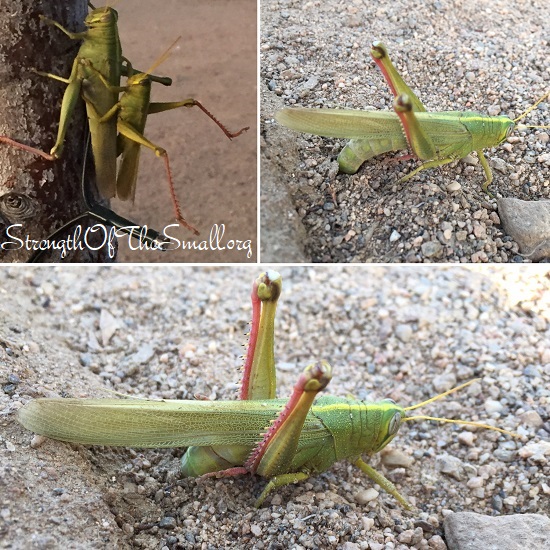
For a while I couldn’t figure what exactly were these small flat discs on branches. They turned out to be Katydid eggs, which are deposited on either branches or leaves to Winter over and hatch in Spring. Katydid are group of insects related to grasshoppers and crickets.
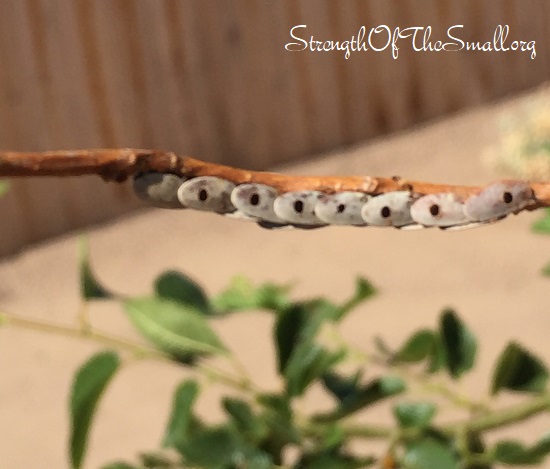
Wishing each and every one of you a wonderful, blessed, peaceful and safe end of Summer 2020.
A few weeks ago, I saw a strange young plant growing in a planter next to the Asparagus Fern and let it be out of curiosity. I am not sure how it got there, but I am guessing that it came with the potting mix. The plant flowered today and after researching it, I found out that it is considered an exotic plant.
Asclepias Curassavica also known as Tropical Milkweed, Mexican Milkweed, Scarlet Milkweed, Bloodflower, Swallow-wort, Silkweed is a non-native milkweed grown as an ornamental plant and as a food source for some butterflies. The plant produces showy red and yellow blossoms all summer and into fall. These flowers are followed by spindle-shaped pods which eventually split open to reveal ovate, flat seeds stacked in two rows.
Tropical Milkweed is deer and rabbit resistant. It is self-sowing and can be propagated by seeds and stem cuttings. It attracts butterflies (monarch caterpillars, eastern tiger swallowtails, giant swallowtails, painted ladies, pipevine swallowtails, queens), hummingbirds, wasps, and more.
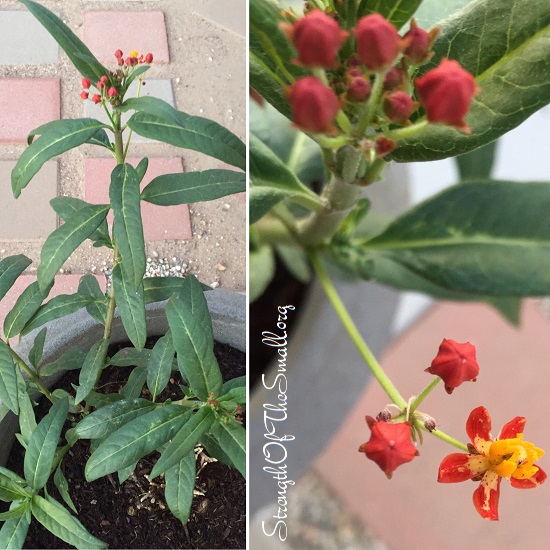
The warm weather is bringing out various insects. Last weekend, my husband accidentally found a Paper Wasp nest under the eaves of the patio while taking measurements for one of the windows to build a screen. Even though they are not by the entrance and they are beneficial insects, just knowing they are around is a little concerning. What if something sets them off and they suddenly attack?
Unless we can get a professional to safely remove the nest, we will let it be for now. I read somewhere that all but the queen die in Winter, making it the perfect time to get rid of the nest without being stung.
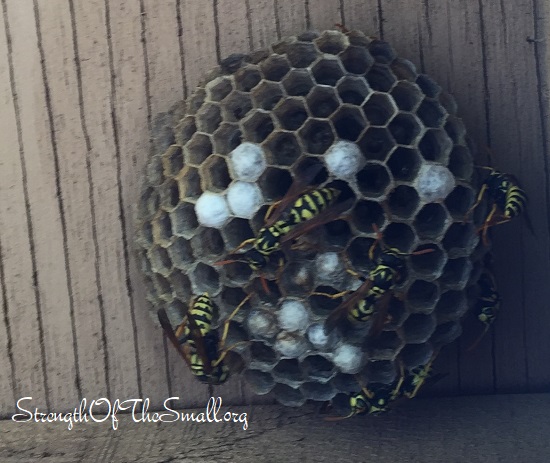
On a positive note, we caught a gopher in the front yard. This one is number 9, the previous one dating back to 2014. For the past couple of years, I was under the impression that they had left the area and we just had to deal with the ground squirrels.
I spotted this one feasting on the tender branches of the Green Feathery Senna through the kitchen window. I immediately asked my husband to set the trap and the next day, the gopher was caught in the trap. There is a sneaky one in the backyard and catching it will require planning and commitment. As for now, I am grateful for one less as it is a relief.
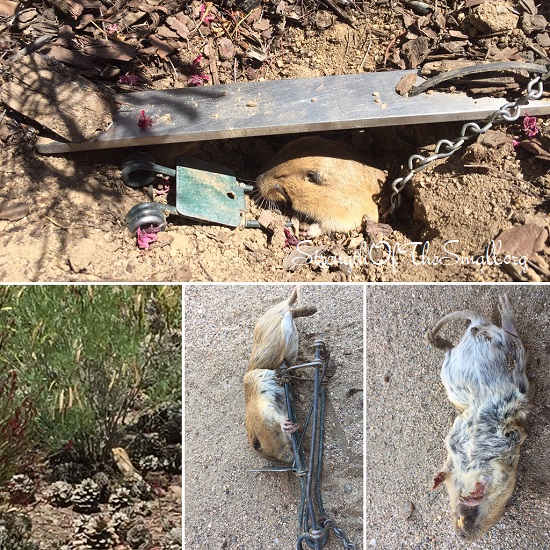
This afternoon I was thrilled to find a present waiting for me in the backyard. Another ground squirrel bit the dust. These rodents are so destructive and persistent.
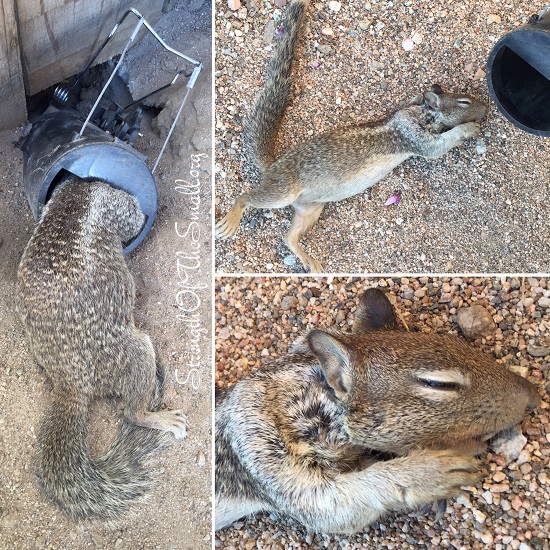
The presence of rodents in the garden is a pain as you constantly have to check for signs of damage (on plants as well as around building structures). Checking for holes and/or gaps around our property is a weekly chore I have entrusted to my kids and they do it diligently.
Unlike what some people might think, animals are not that picky when is comes to food source; they will eat anything and everything when hungry. Squirrel mothers are extremely protective of their offspring and will risk everything to keep them safe and fed.
I am crossing my fingers for tranquil days ahead in the garden.
Stay safe, stay hydrated and happy gardening.